
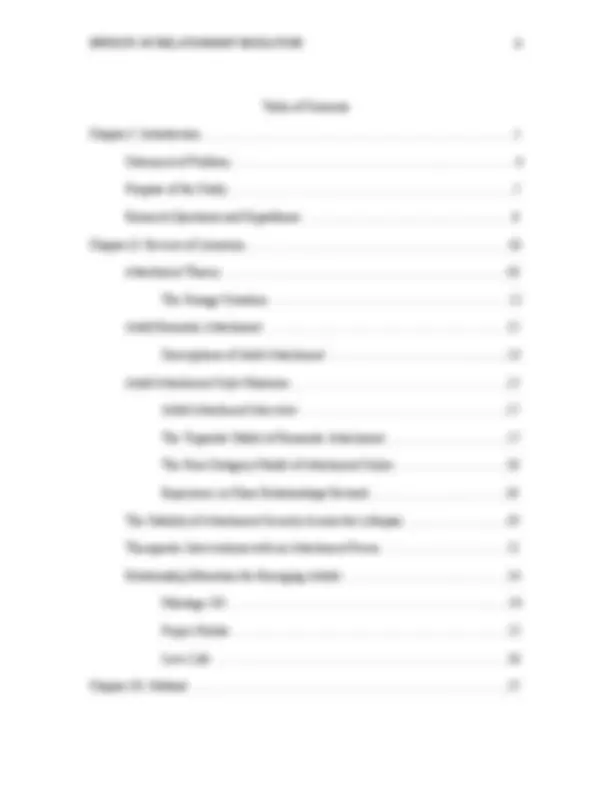

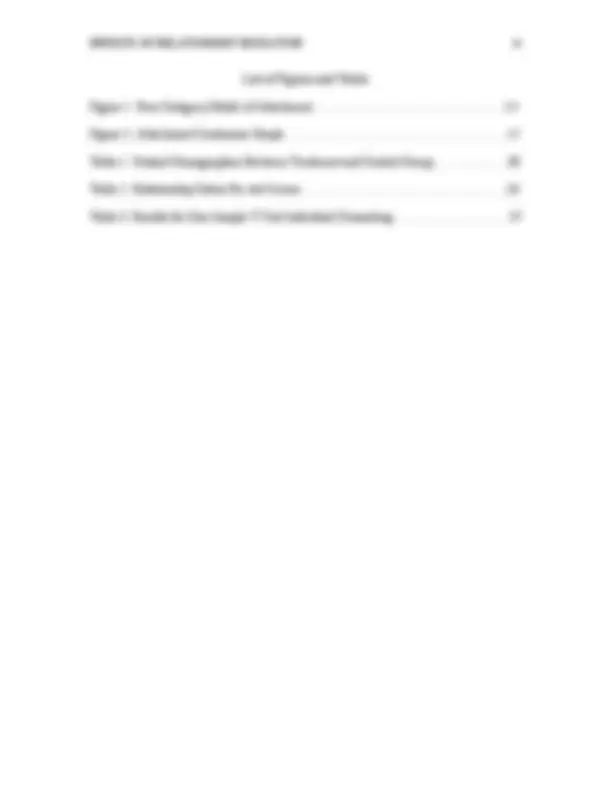
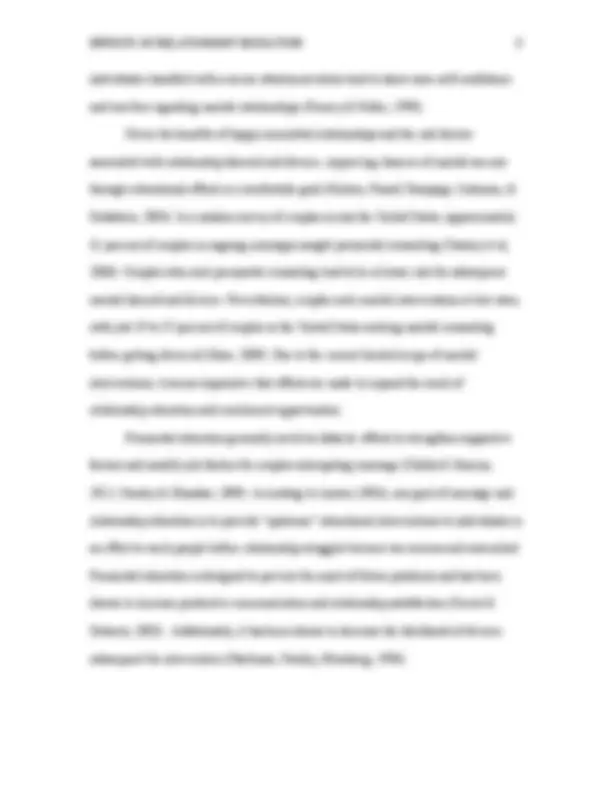
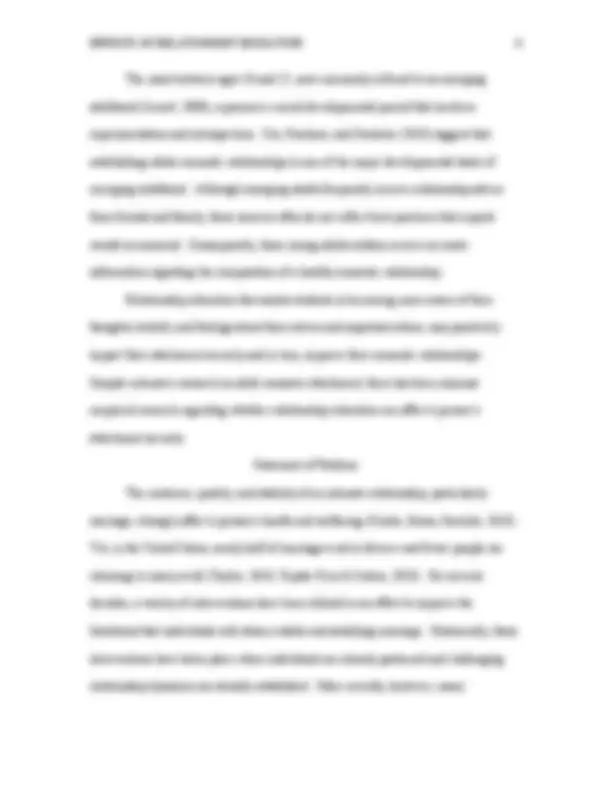
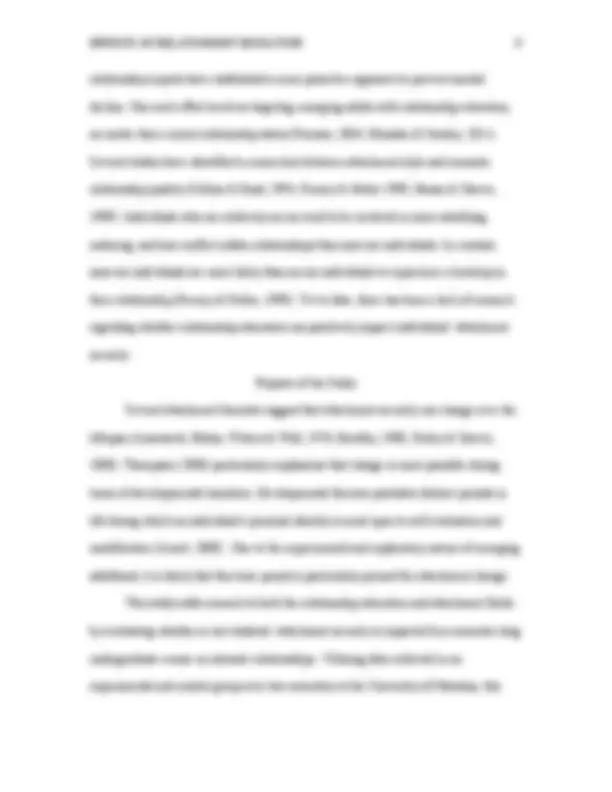
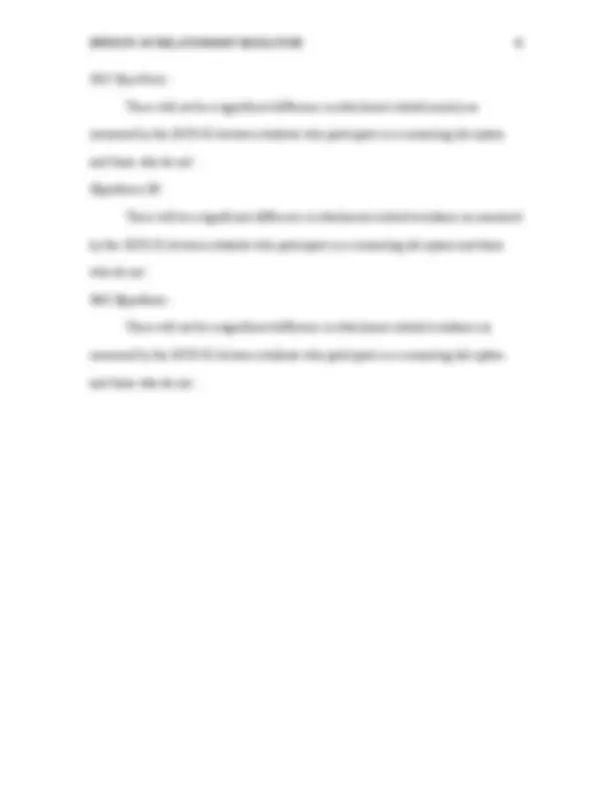
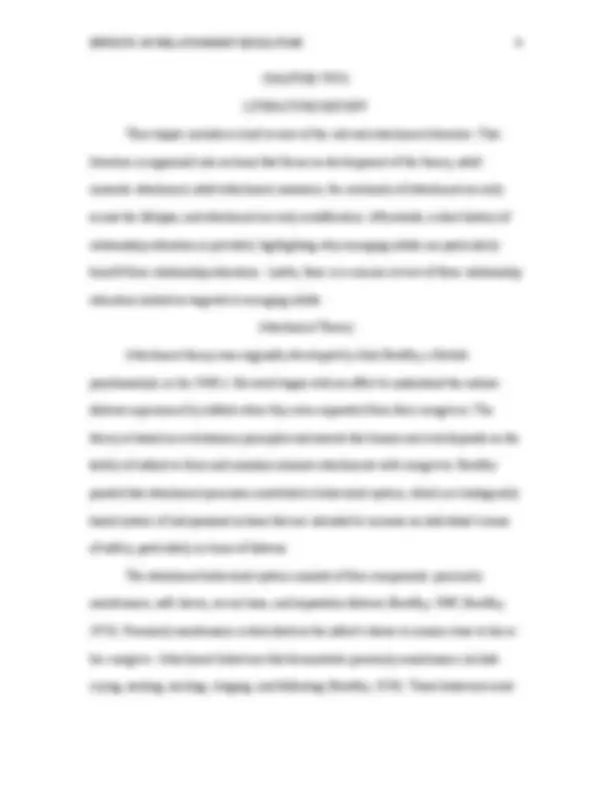
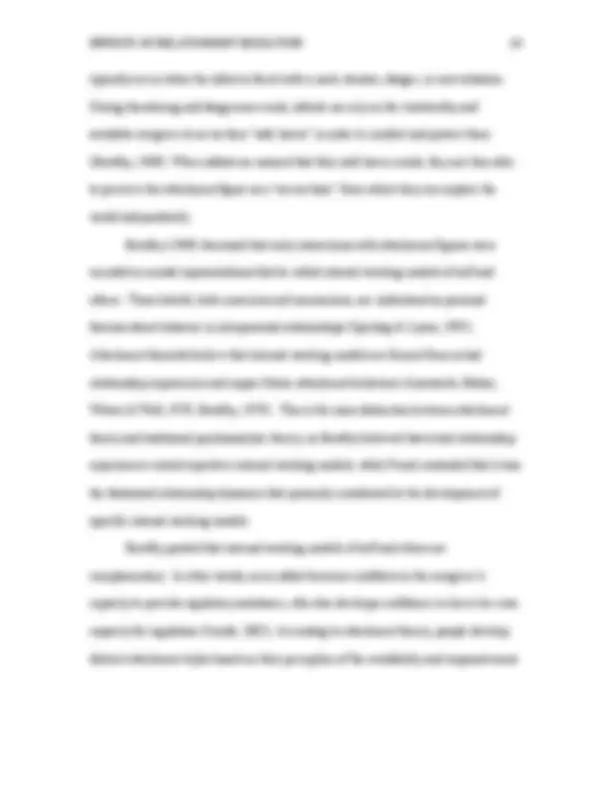
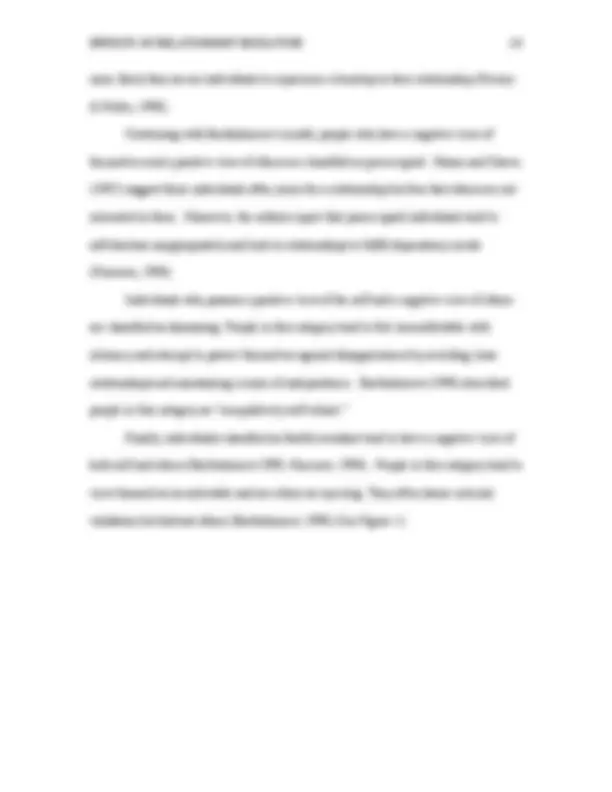
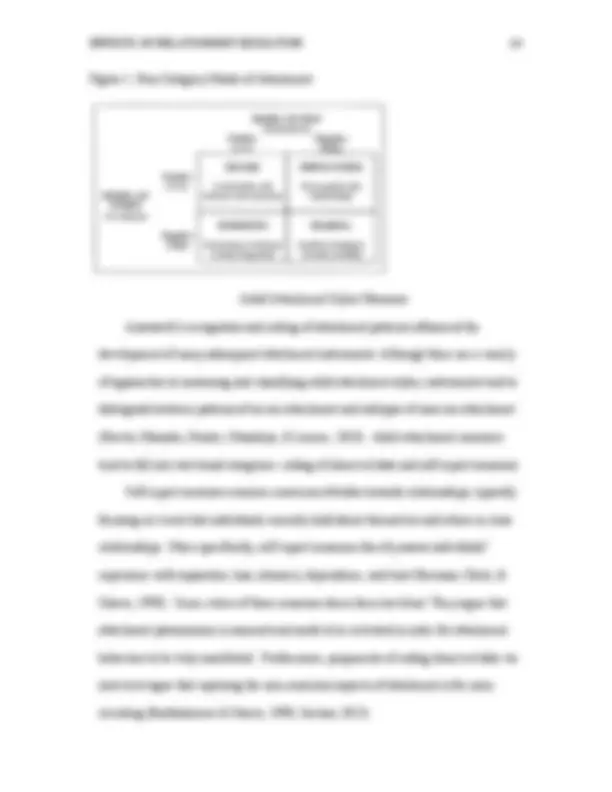
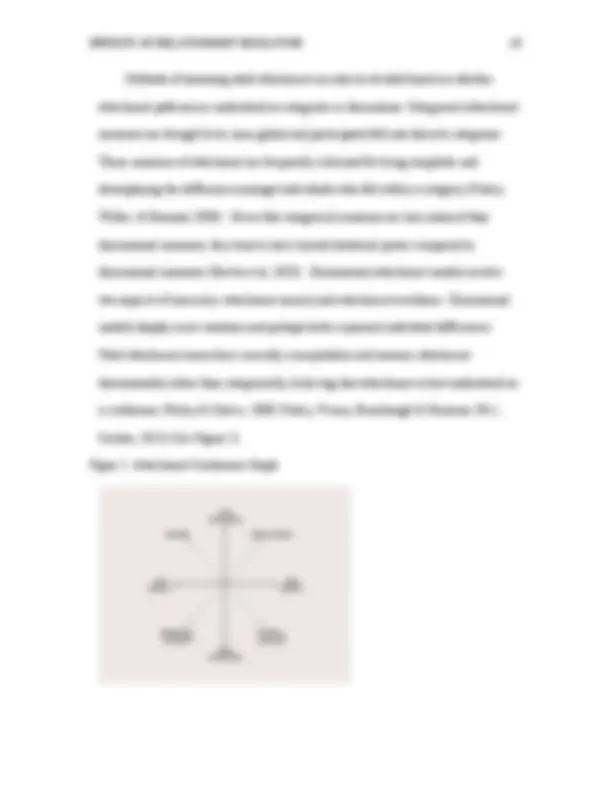

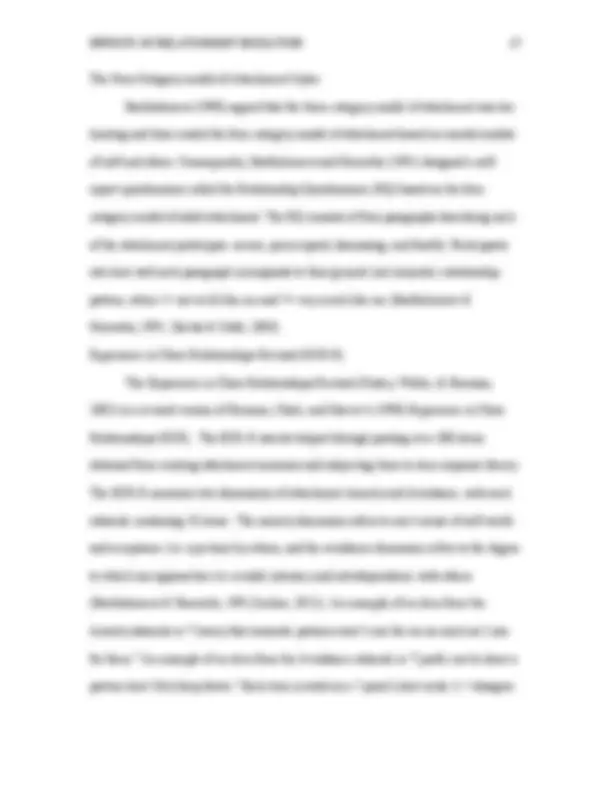
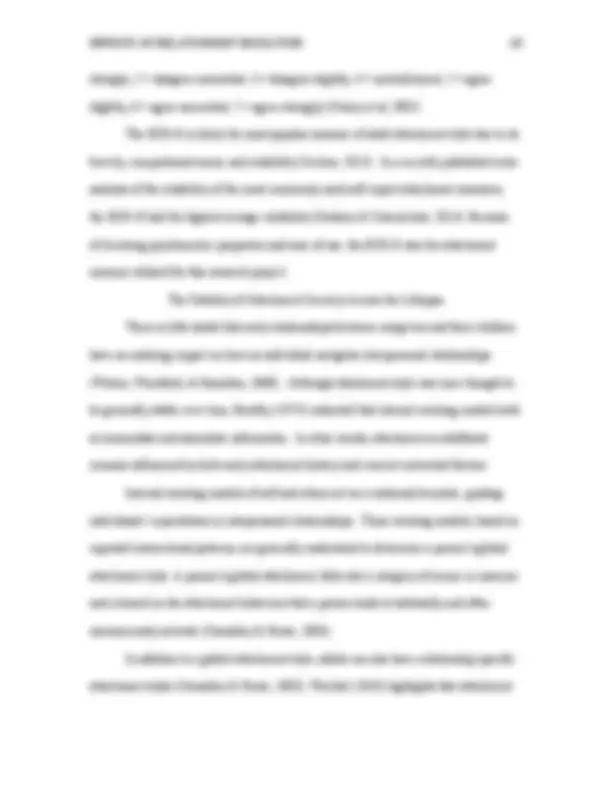
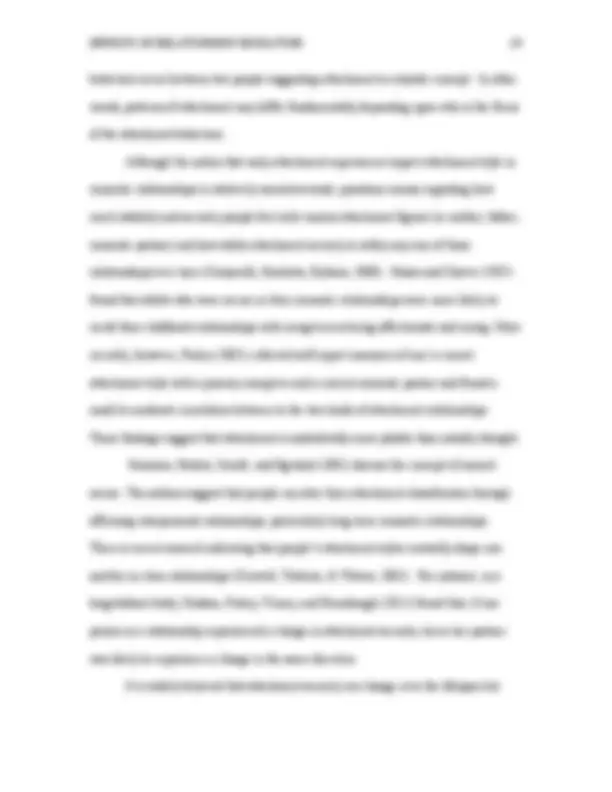
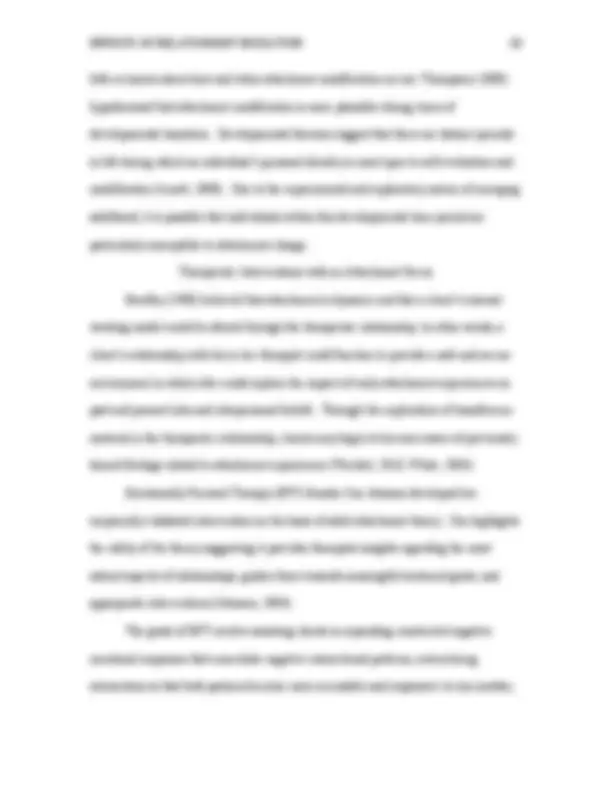
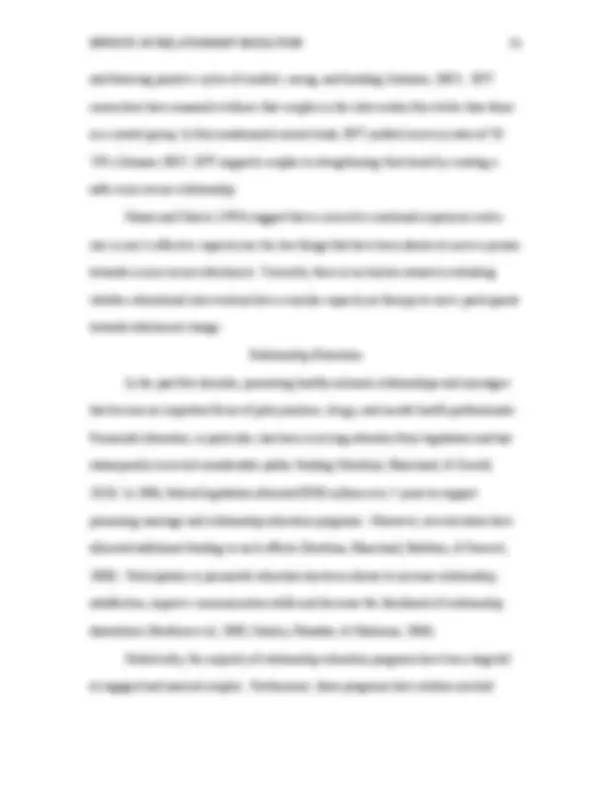
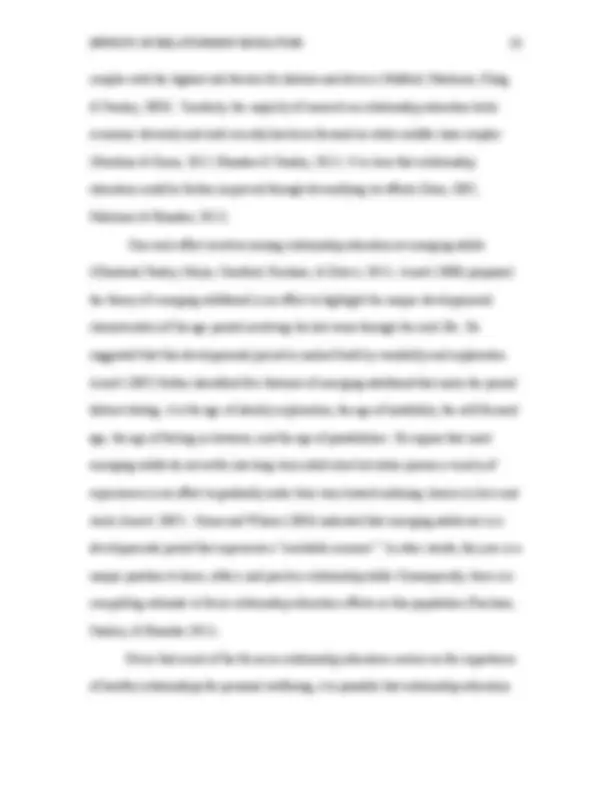
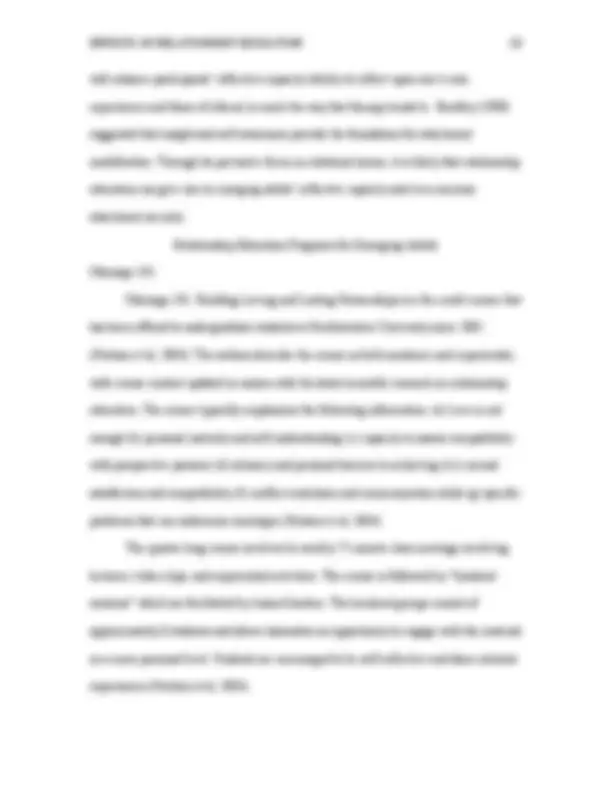
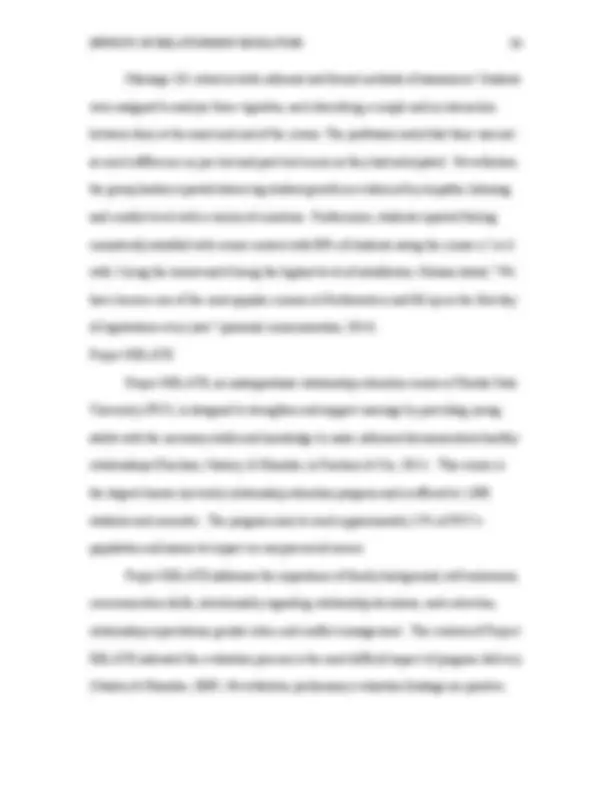
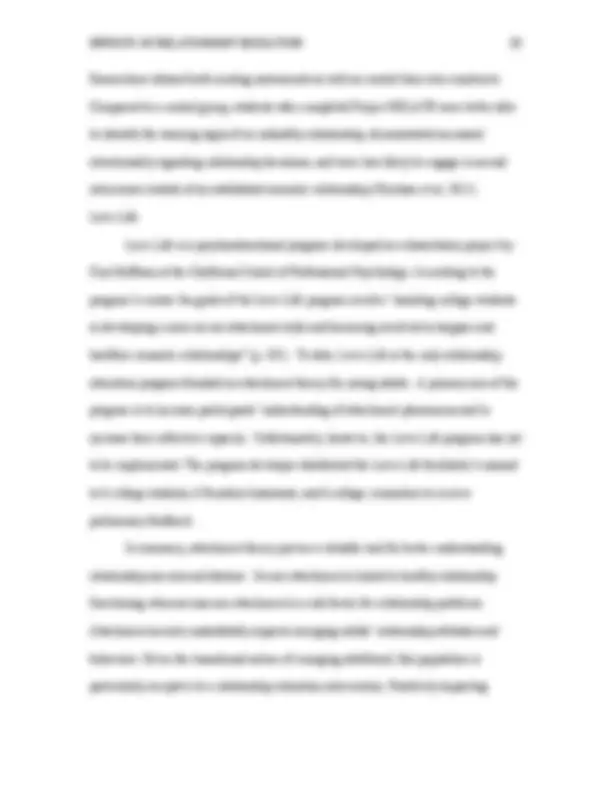

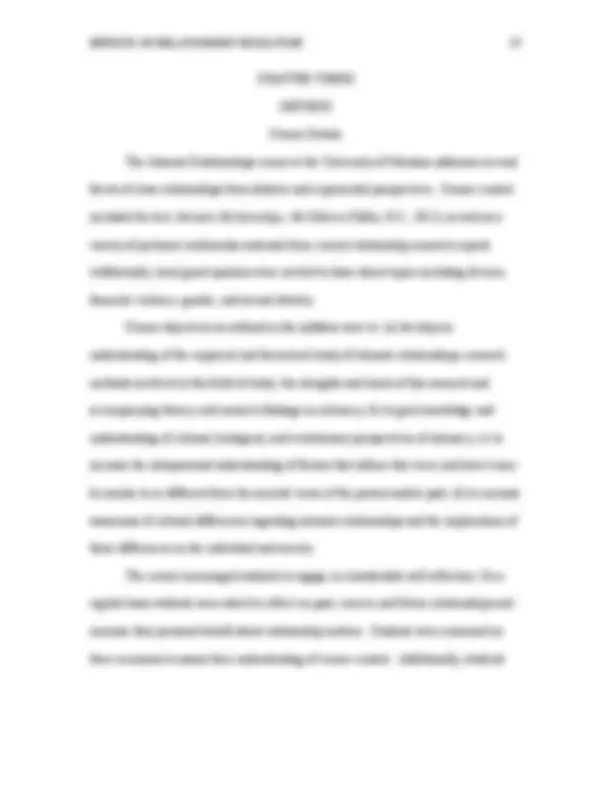
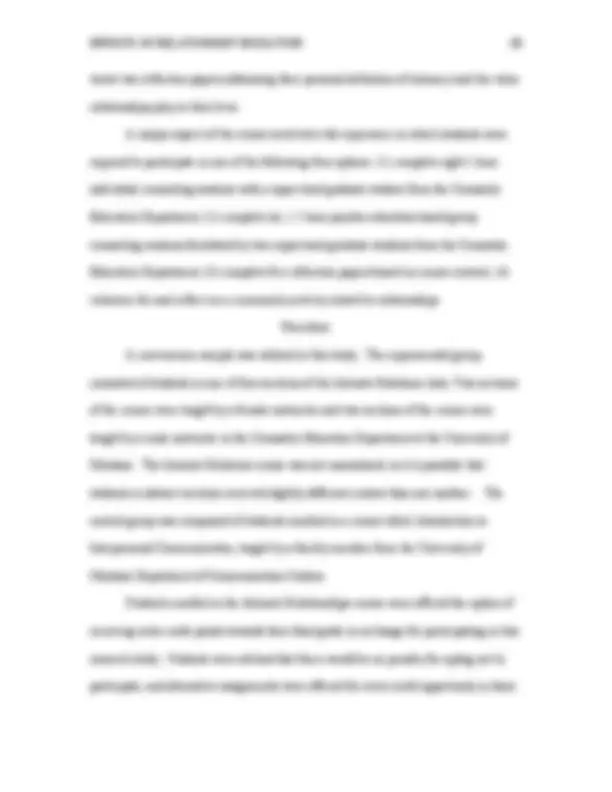
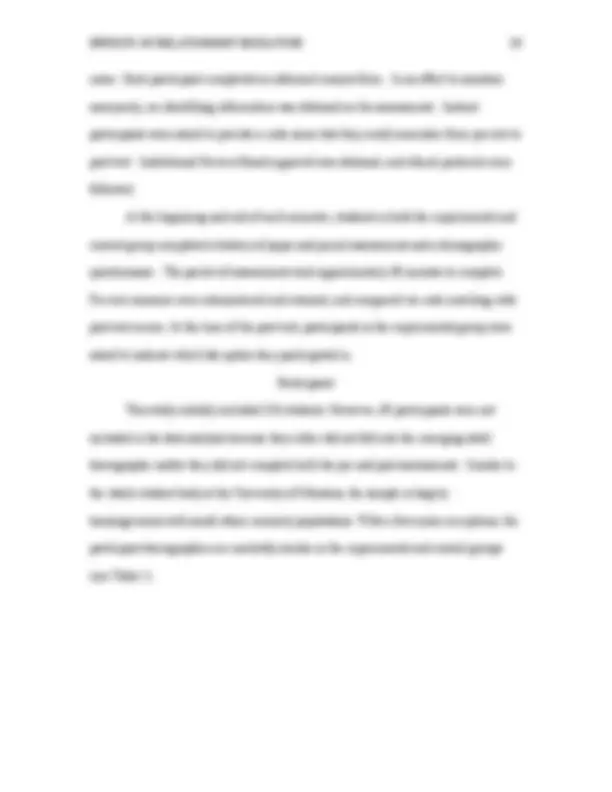
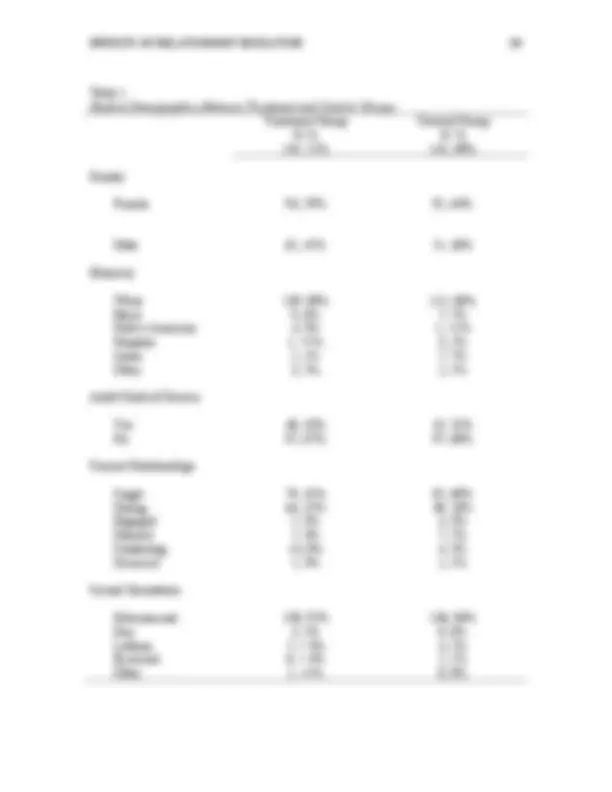
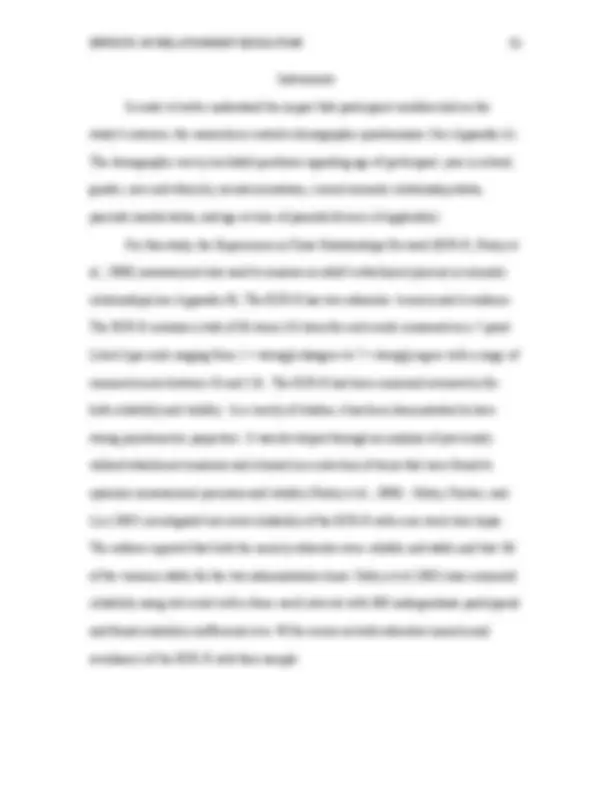
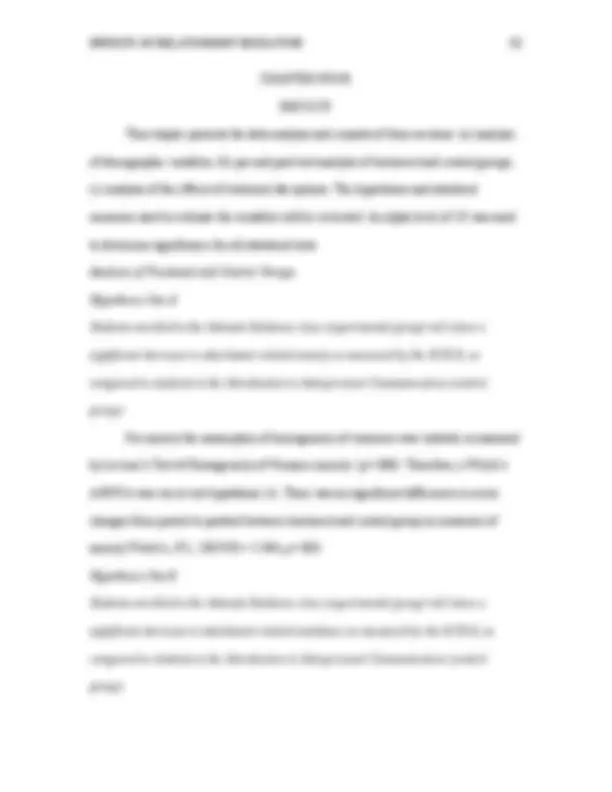
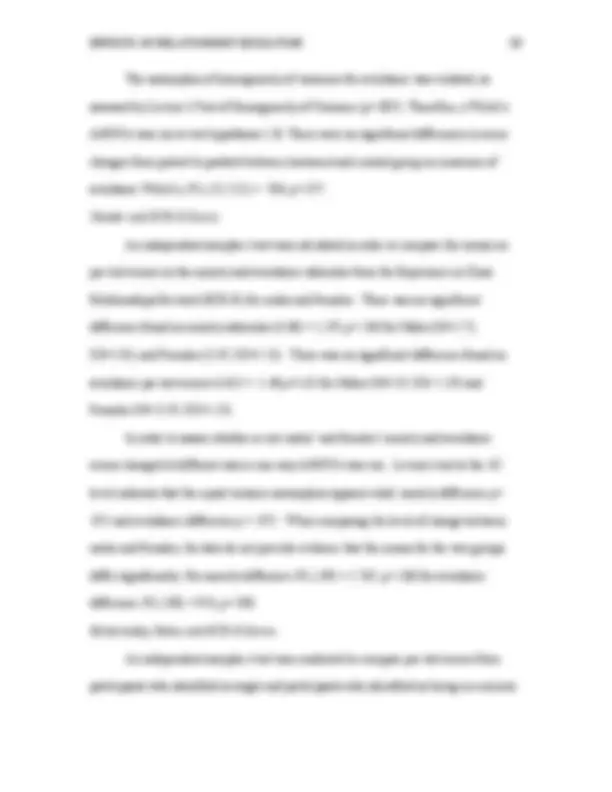
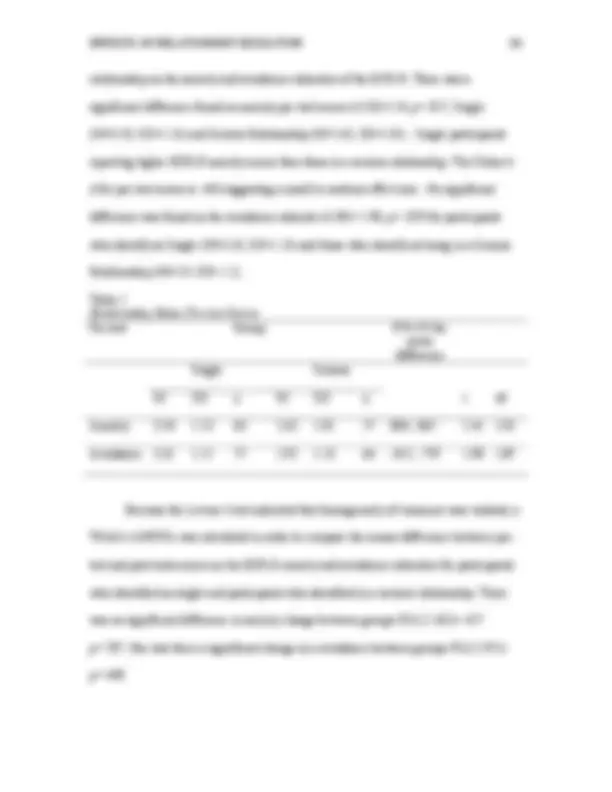
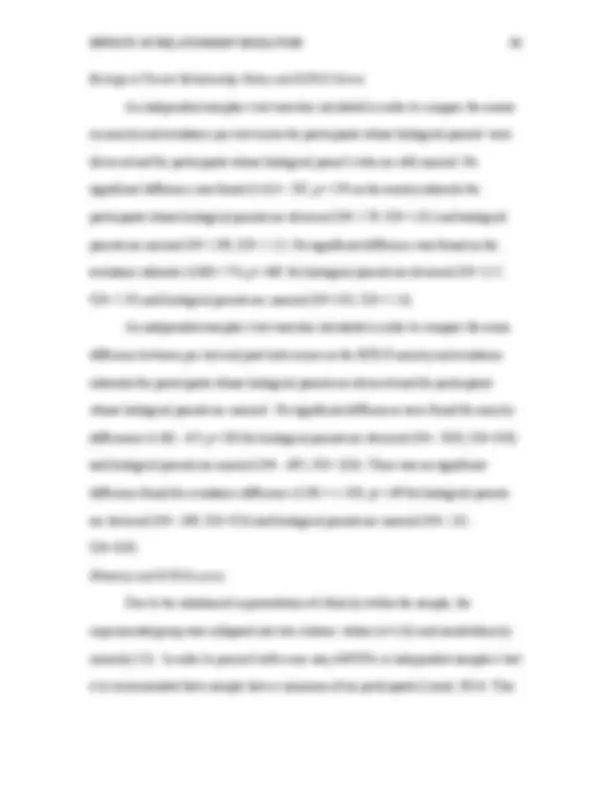
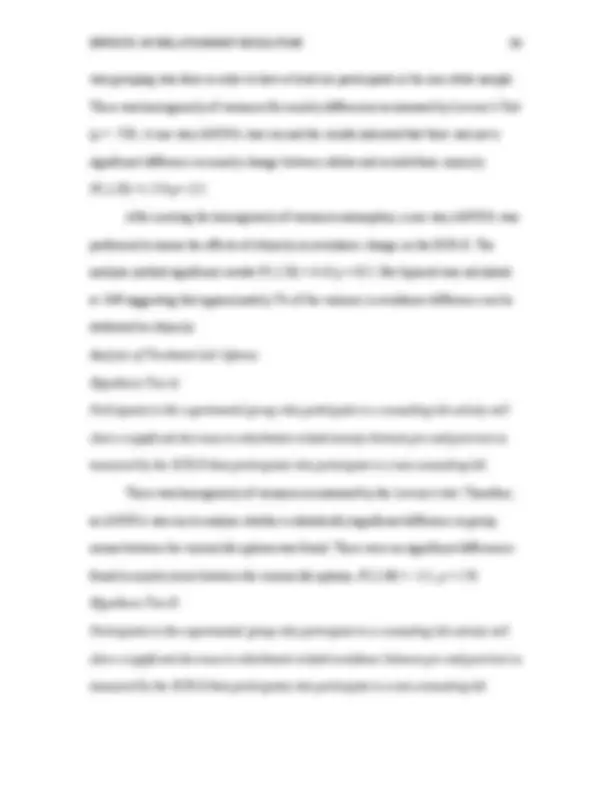
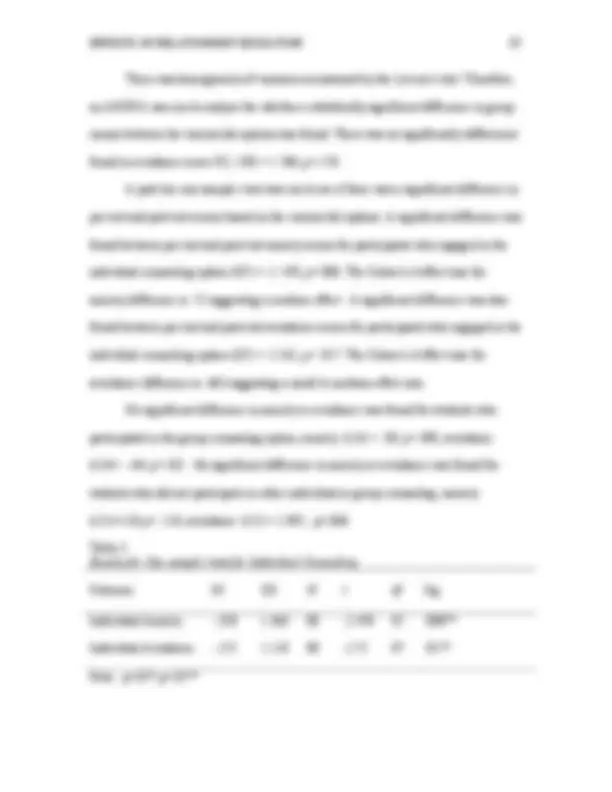
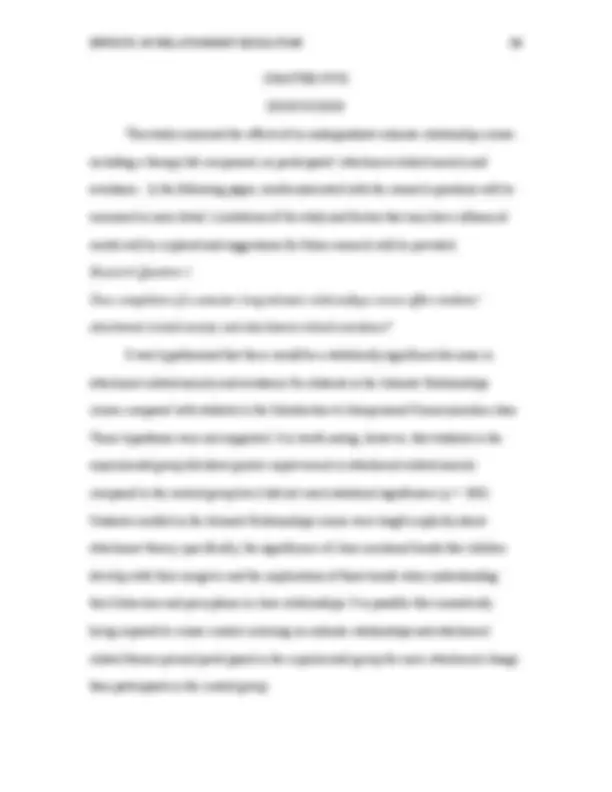
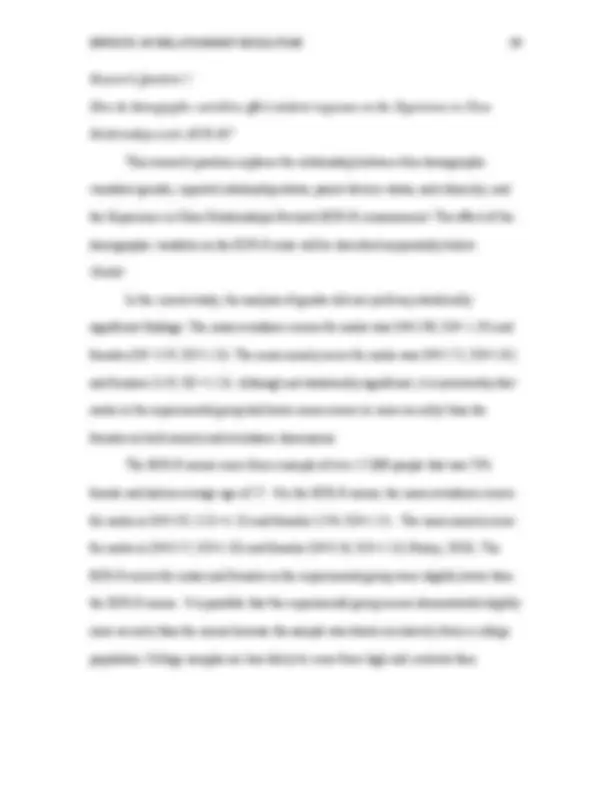
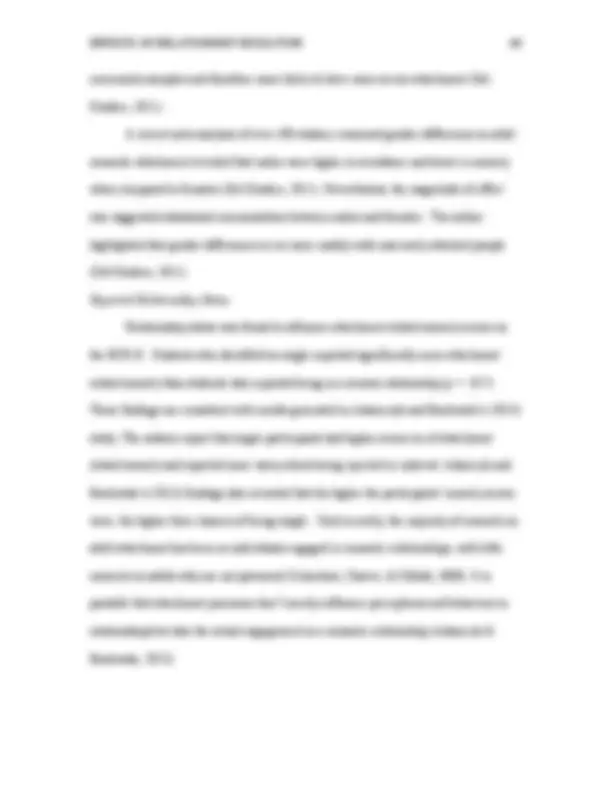
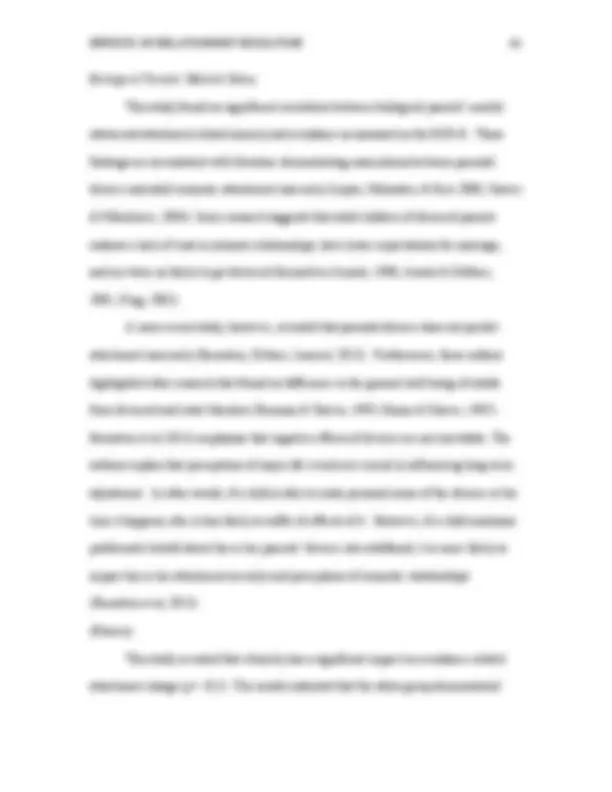
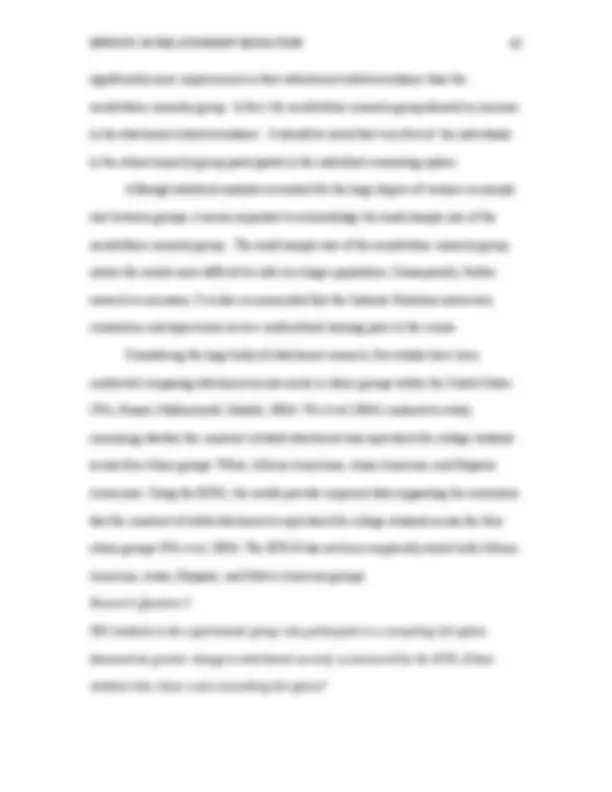
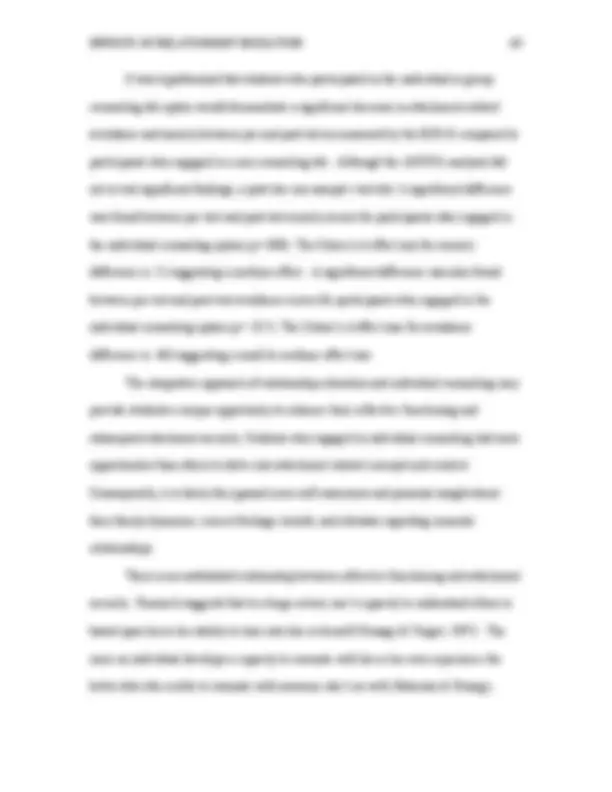
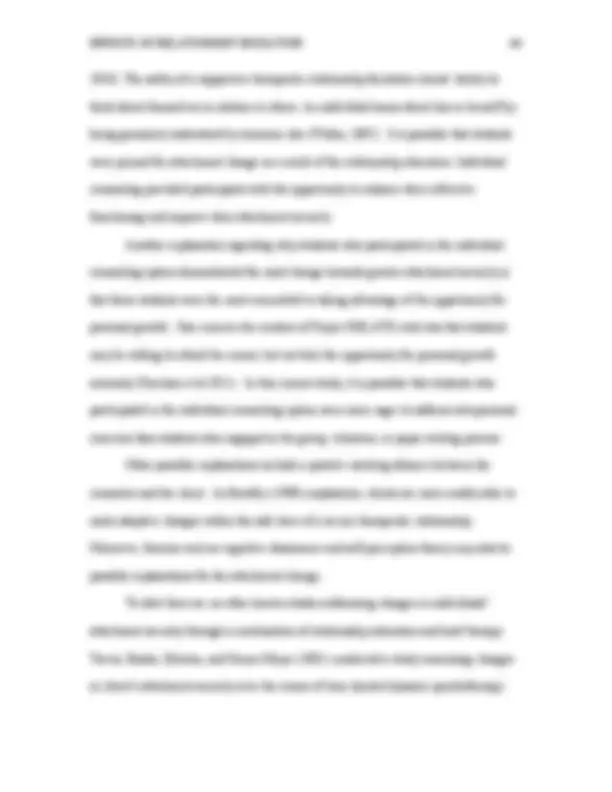
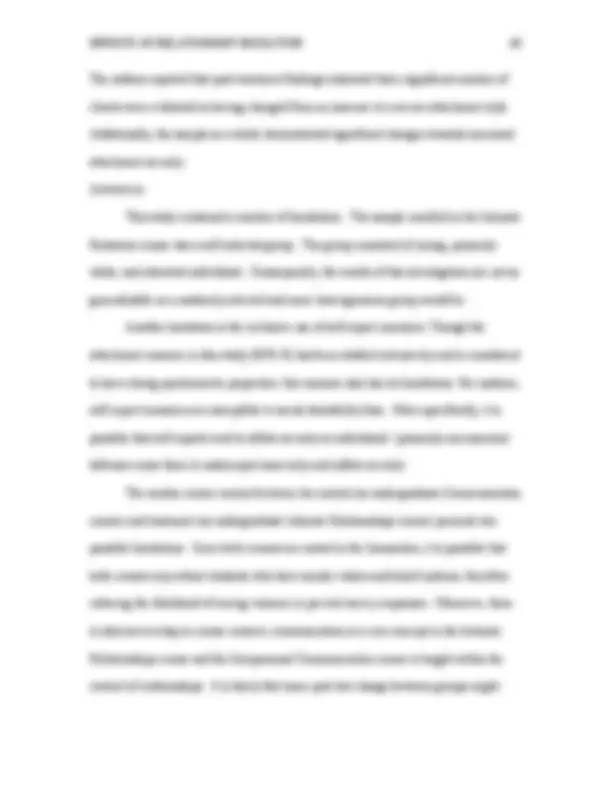
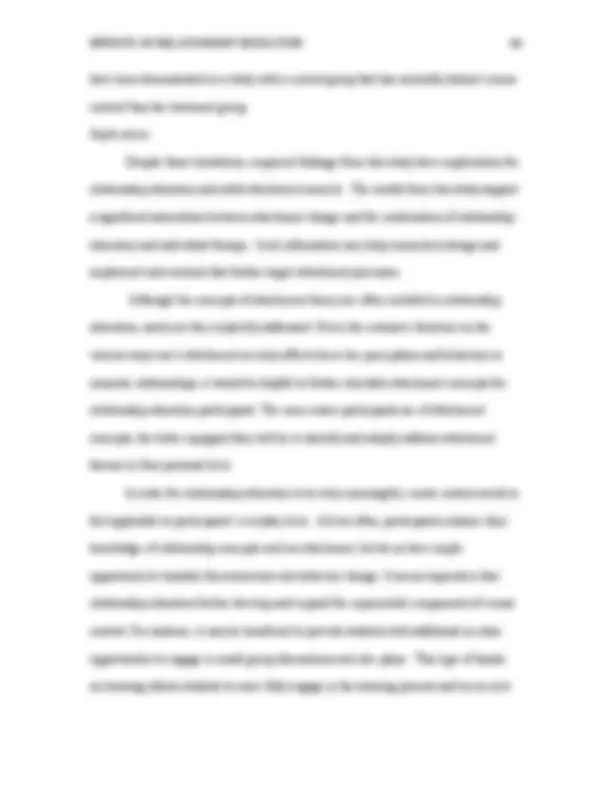
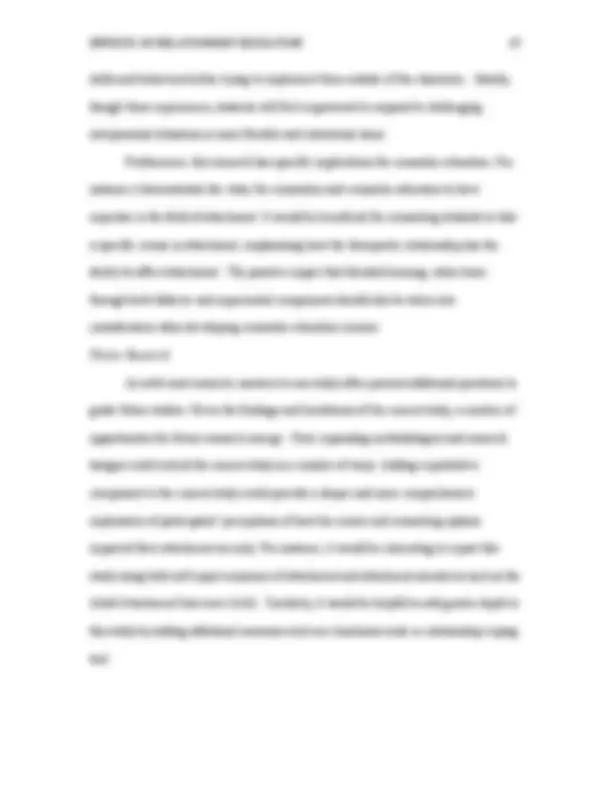
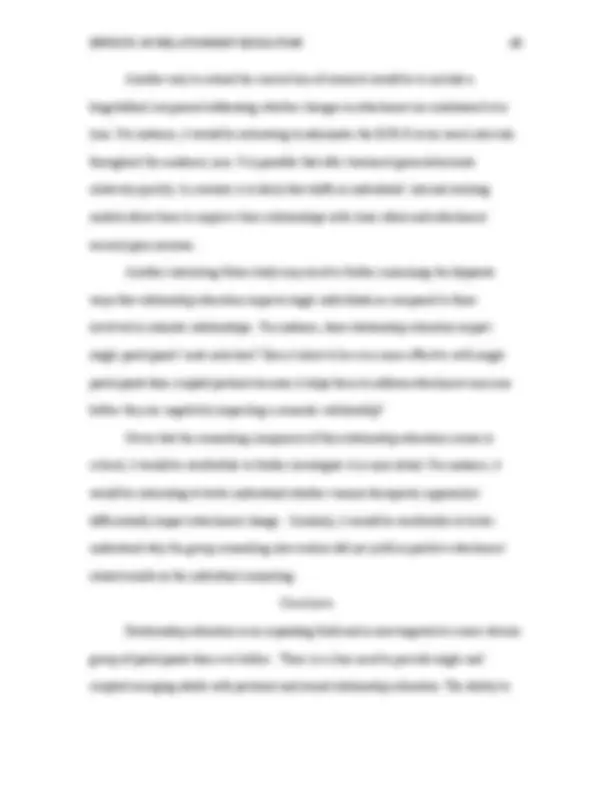
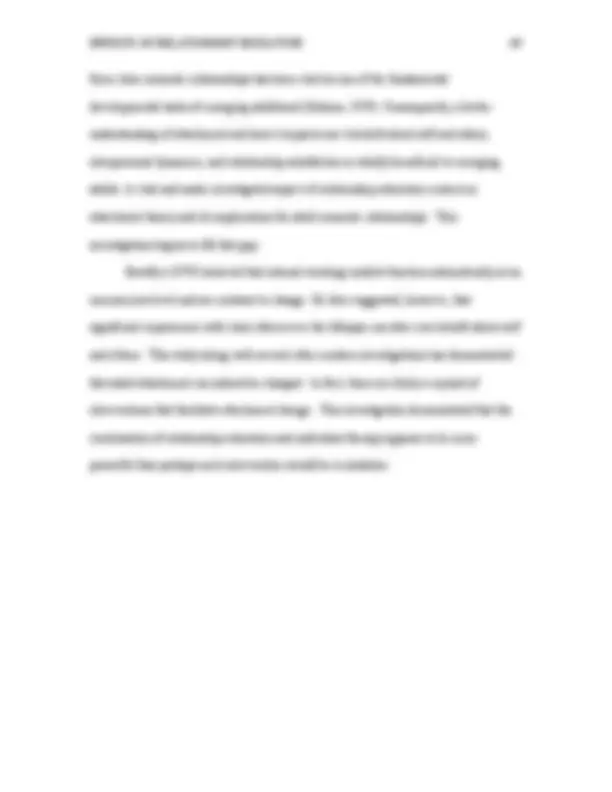
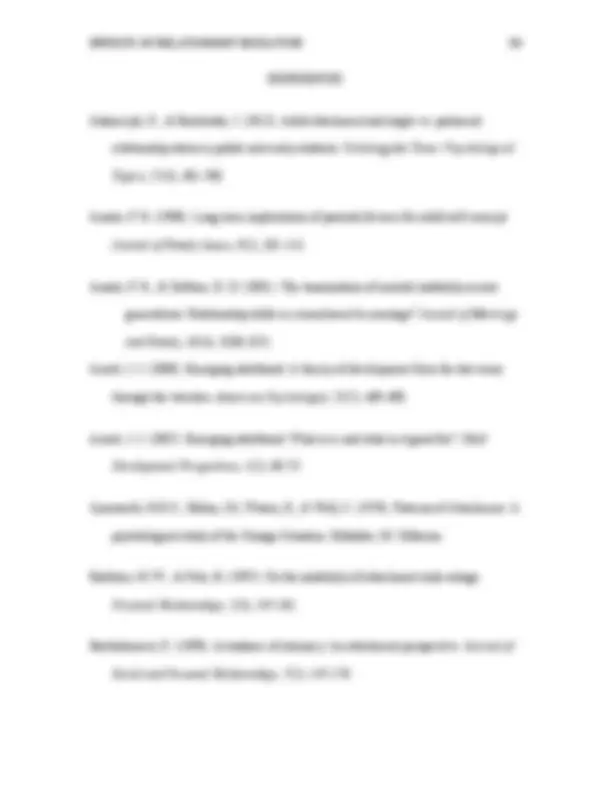
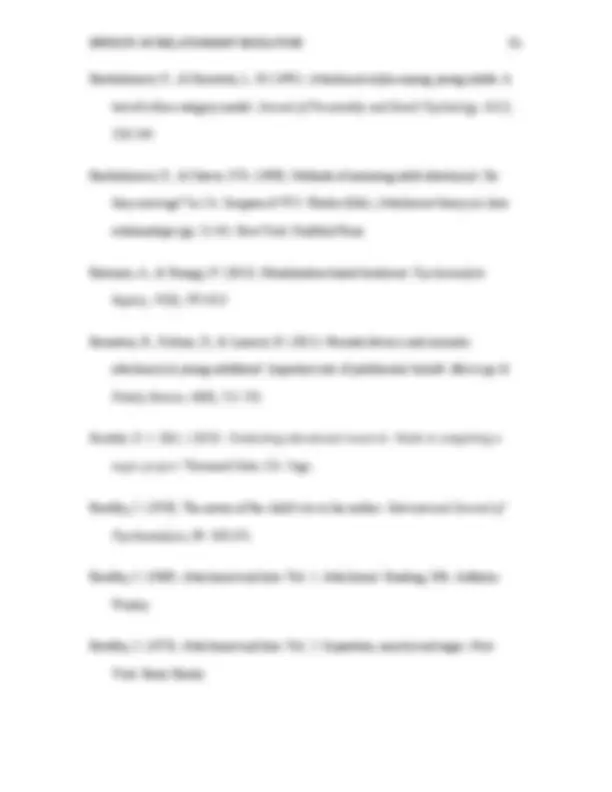

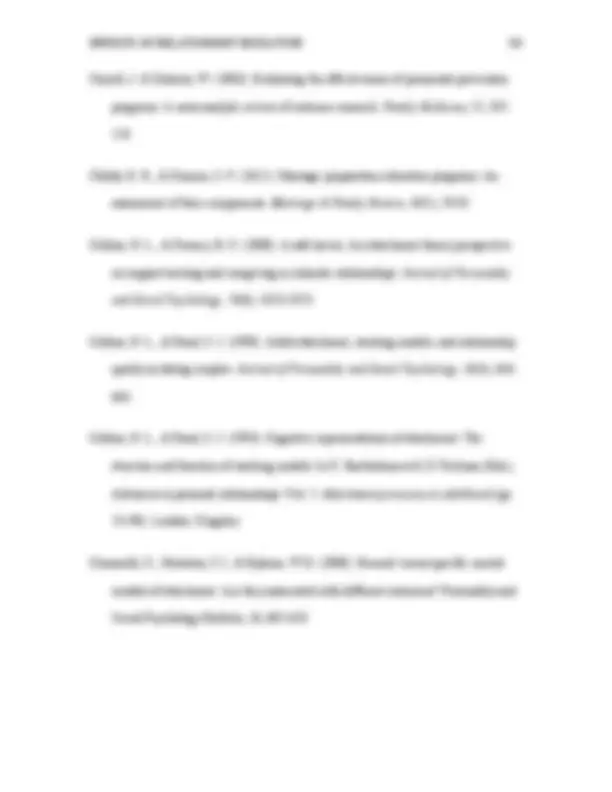
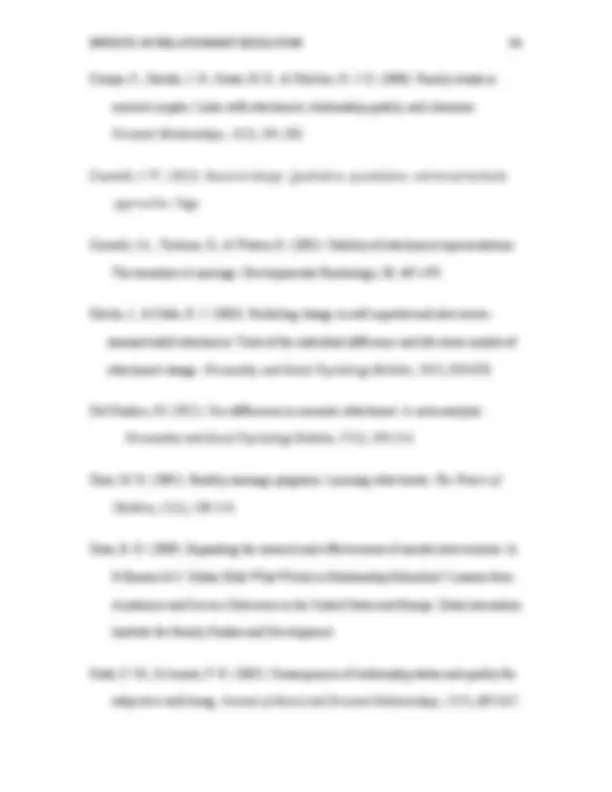



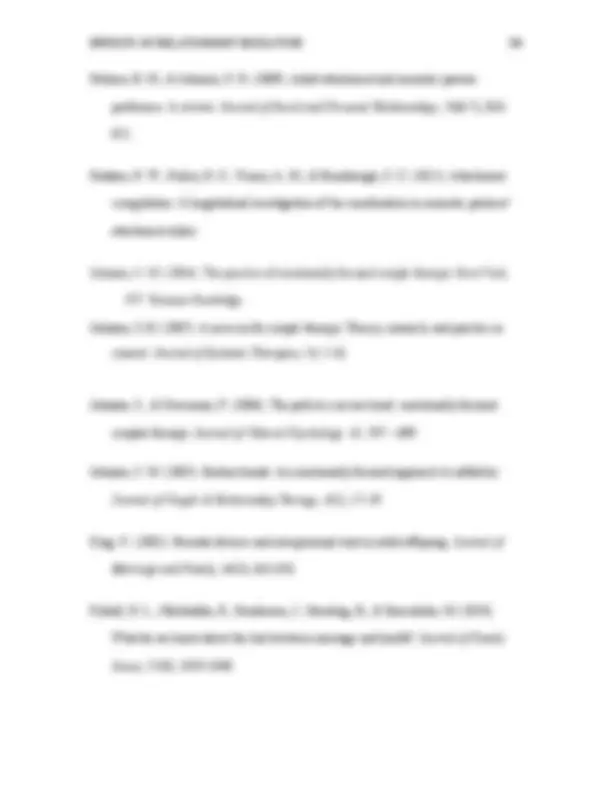
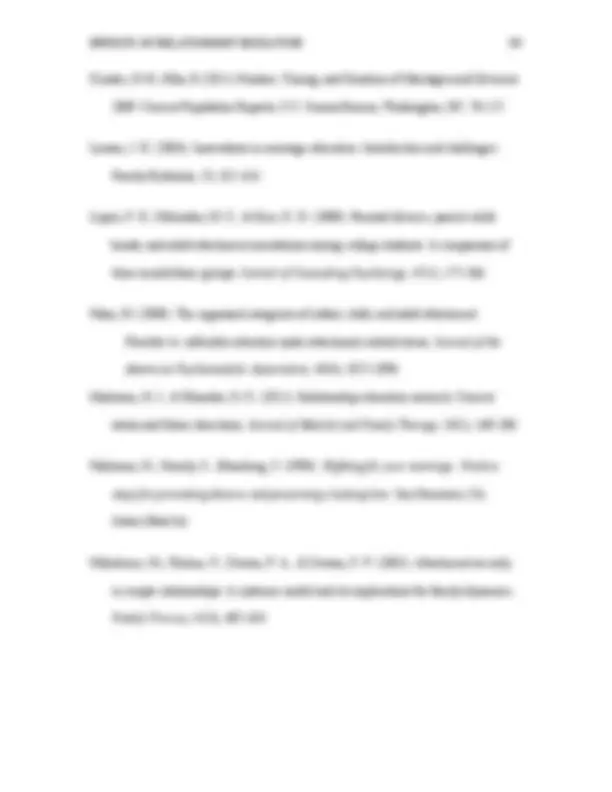

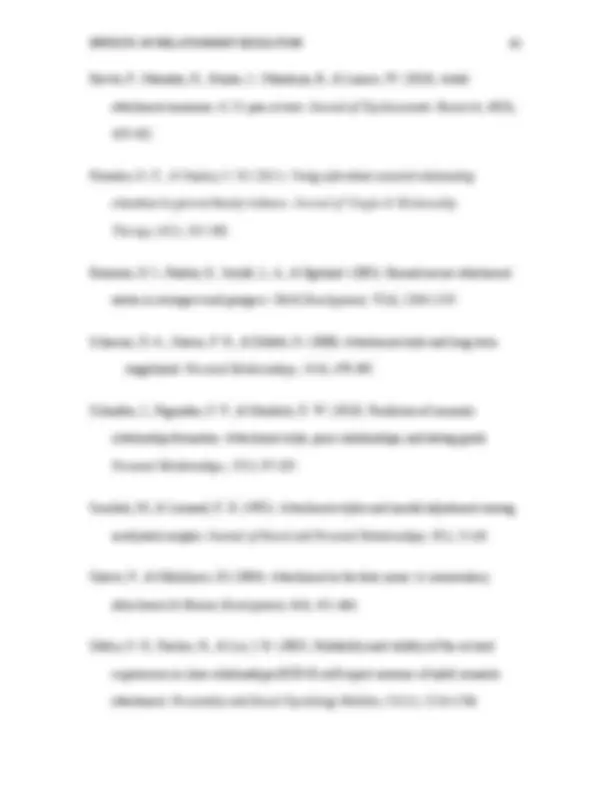
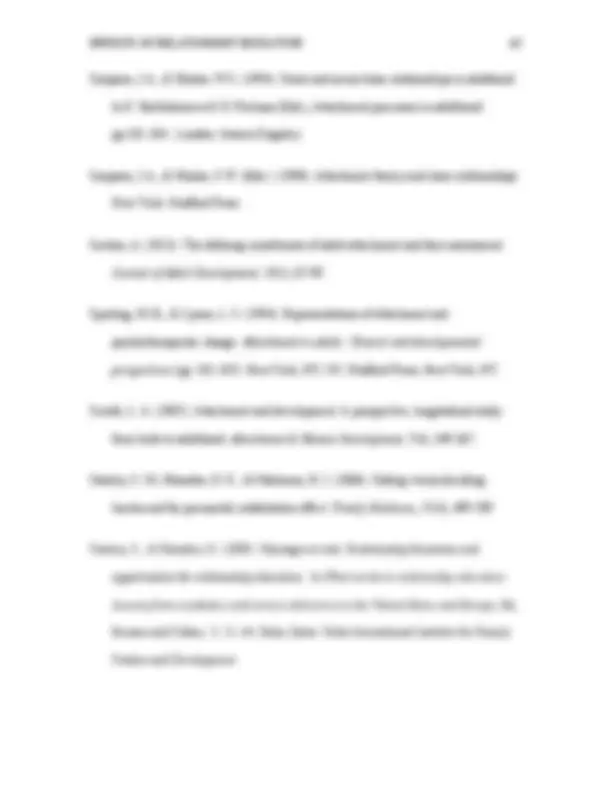
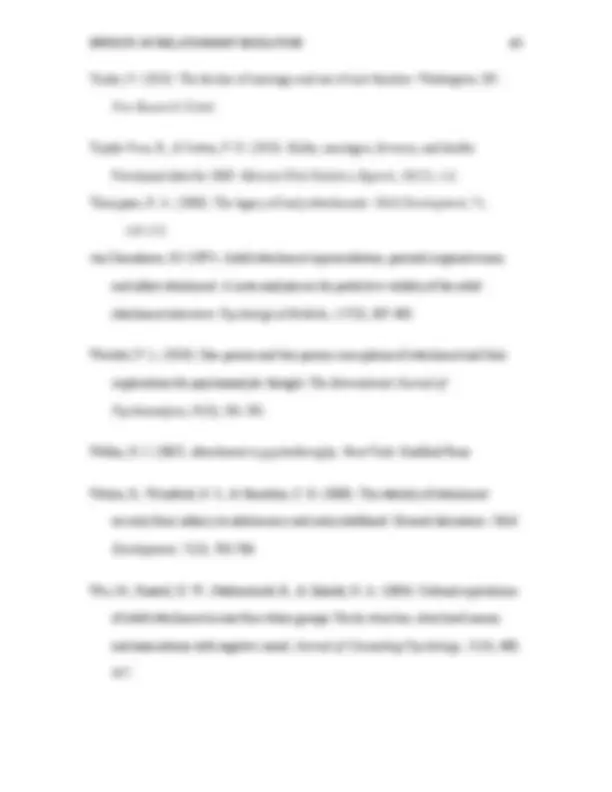

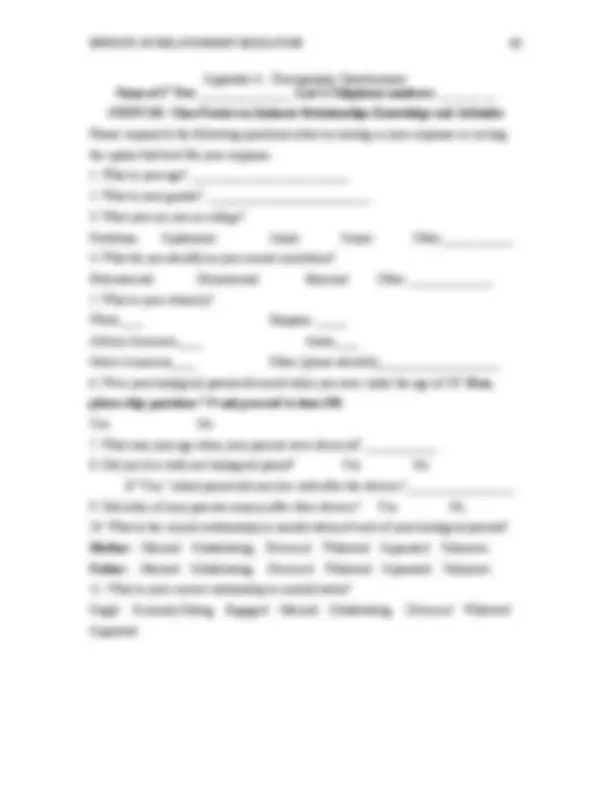
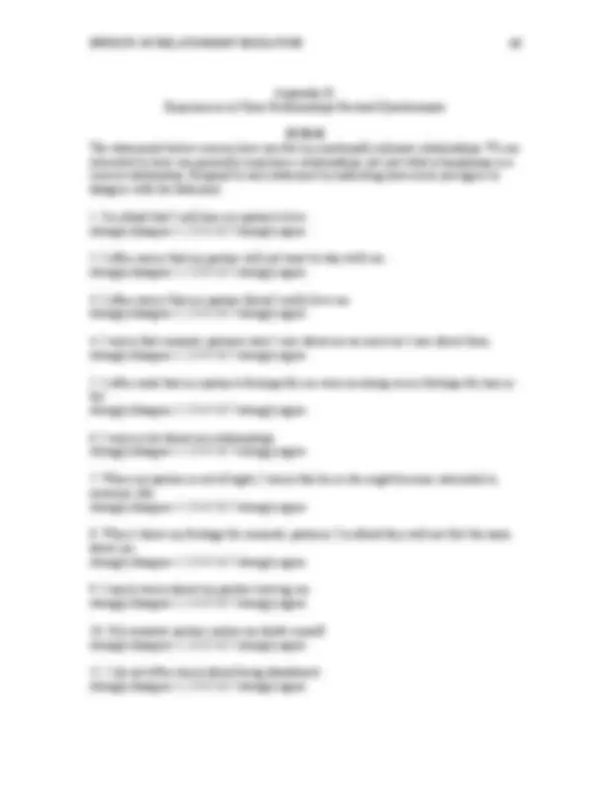
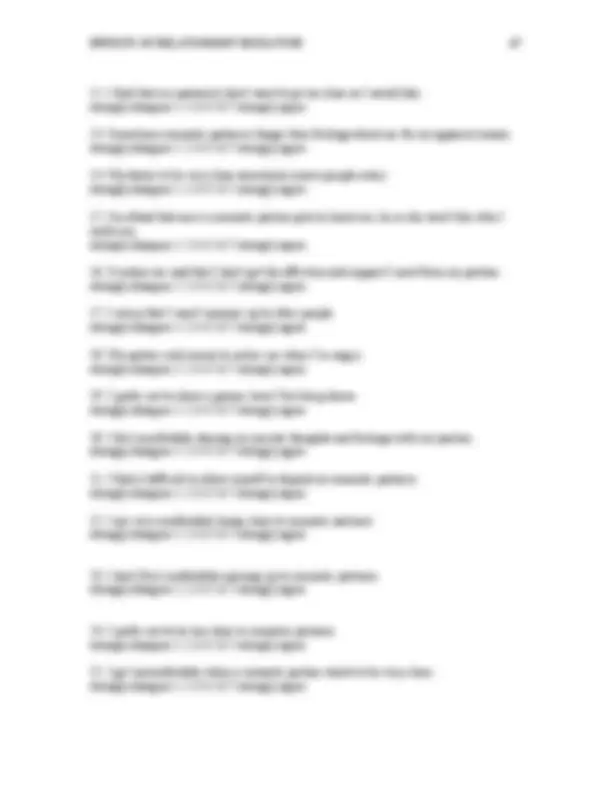
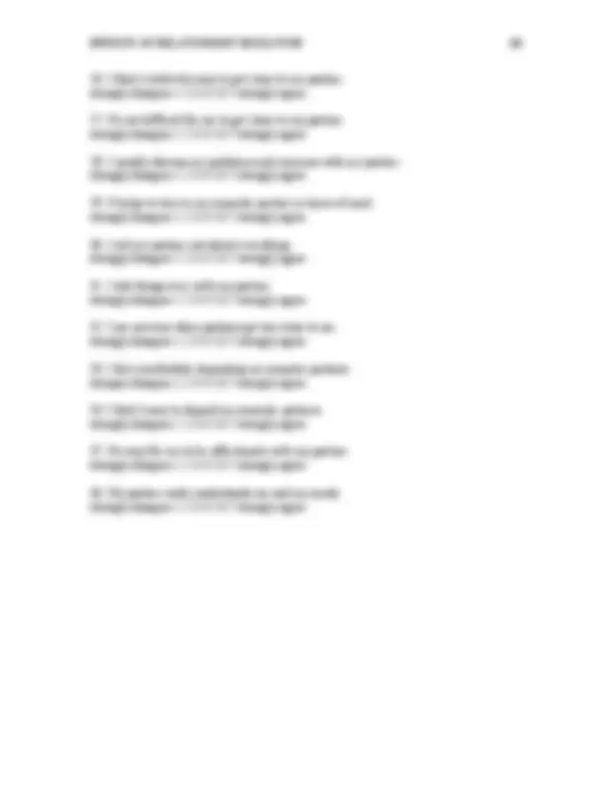


Study with the several resources on Docsity

Earn points by helping other students or get them with a premium plan


Prepare for your exams
Study with the several resources on Docsity

Earn points to download
Earn points by helping other students or get them with a premium plan
Community
Ask the community for help and clear up your study doubts
Discover the best universities in your country according to Docsity users
Free resources
Download our free guides on studying techniques, anxiety management strategies, and thesis advice from Docsity tutors
Research about the effects of intimate relationship to the academic performance of university students
Typology: Thesis
1 / 73

This page cannot be seen from the preview
Don't miss anything!


































































University of MontanaUniversity of Montana
Graduate Student Theses, Dissertations, & Professional Papers Graduate School 2014
Meredith Hood The University of Montana Follow this and additional works at: https://scholarworks.umt.edu/etd
Recommended CitationRecommended Citation Hood, Meredith, "THE EFFECTS OF INTIMATE RELATIONSHIP EDUCATION ON UNIVERSITY STUDENTS' ATTACHMENT SECURITY" (2014). Graduate Student Theses, Dissertations, & Professional Papers. 4399. https://scholarworks.umt.edu/etd/ This Dissertation is brought to you for free and open access by the Graduate School at ScholarWorks at University of Montana. It has been accepted for inclusion in Graduate Student Theses, Dissertations, & Professional Papers by an authorized administrator of ScholarWorks at University of Montana. For more information, please contact scholarworks@mso.umt.edu.
Running head: EFFECTS OF RELATIONSHIP EDUCATION The Effects of Intimate Relationship Education on University Students’ Attachment Security by Meredith H.E. Hood The University of Montana Presented in partial fulfillment of the requirements for the degree of Doctorate of Education in Counselor Education and Supervision The University of Montana Missoula, MT December 2014 Dissertation Committee: Kirsten Murray, Ph.D., Chair Counselor Education John Sommers-Flanagan, Ph.D. Counselor Education Lindsey Nichols, Ph.D. Counselor Education Veronica Johnson, Ed.D Counselor Education Kimberly Brown Campbell, Ed.D Counselor Education
EFFECTS OF RELATIONSHIP EDUCATION iv List of Figures and Tables Figure 1: Four Category Model of Attachment…………………………………………1 4 Figure 2: Attachment Continuum Graph………………………………………………...1 5 Table 1: Student Demographics Between Treatment and Control Group……………….3 0 Table 2: Relationship Status Pre-test Scores…………………………………………….3 4 Table 3: Results for One-Sample T-Test Individual Counseling…………...……………
how s/he might respond to relationship stress (Pietromonaco, Greenwood, & Barrett, 2004). Adults with secure attachment feel comfortable with closeness and interdependence in relationships. Similarly, they believe they are worthy of love and see others as trustworthy and dependable. In contrast, adults with insecure attachment tend to struggle more in close relationships. For instance, individuals with avoidant attachment characteristics feel uncomfortable with intimacy and interdependence and people with anxious attachment characteristics often feel unworthy of love and consequently find it difficult to depend upon and trust romantic partners (Collins & Read, 1994). There is extensive literature documenting the ways attachment influences how people think about, behave, and feel in their intimate relationships (Bartholomew & Horowitz, 1991; Hazan & Shaver, 1987; Rowe & Carnelley, 2003). Several studies involving both dating and married couples provide substantial evidence for a connection between attachment security and relationship satisfaction (Collins & Feeney, 2000; Collins & Read, 1990; Feeney & Noller 1990; Hazan & Shaver, 1987; Peterson & Park, 2007). For example, individuals who are securely attached are more likely than insecurely attached individuals to: (a) feel content in their romantic relationships, (b) report high levels of intimacy, commitment, and emotional involvement, (c) be able to communicate effectively with their partners, (d) handle interpersonal conflict constructively, and (e) provide sensitive caregiving to their partners (Campbell, Simpson, Boldry, & Kashy, 2005; Crespo, Davide, Costa, & Fletcher, 2008; Hazan & Shaver, 1994; Mikulincer, Florian, Cowan, & Cowan 2002;). Subsequently,
individuals classified with a secure attachment status tend to show more self-confidence and less fear regarding marital relationships (Feeney & Noller, 1990). Given the benefits of happy committed relationships and the risk factors associated with relationship discord and divorce, improving chances of marital success through educational efforts is a worthwhile goal (Nielsen, Pinsof, Rampage, Solomon, & Goldstein, 2004). In a random survey of couples across the United States, approximately 31 percent of couples in ongoing marriages sought premarital counseling (Stanley et al, 2006). Couples who seek premarital counseling tend to be at lower risk for subsequent marital discord and divorce. Nevertheless, couples seek marital interventions at low rates, with just 19 to 37 percent of couples in the United States seeking marital counseling before getting divorced (Doss, 2009). Due to the current limited scope of marital interventions, it seems imperative that efforts are made to expand the reach of relationship education and enrichment opportunities. Premarital education generally involves didactic efforts to strengthen supportive factors and modify risk factors for couples anticipating marriage (Childs & Duncan, 2012; Stanley & Rhoades, 2009). According to Larson (2004), one goal of marriage and relationship education is to provide “upstream” educational interventions to individuals in an effort to reach people before relationship struggles become too serious and entrenched. Premarital education is designed to prevent the onset of future problems and has been shown to increase productive communication and relationship satisfaction (Carrol & Doherty, 2003). Additionally, it has been shown to decrease the likelihood of divorce subsequent the intervention (Markman, Stanley, Blumberg, 1996).
relationship experts have established a more proactive approach to prevent marital decline. One such effort involves targeting emerging adults with relationship education, no matter their current relationship status (Pearson, 2004; Rhoades & Stanley, 2011). Several studies have identified a connection between attachment style and romantic relationship quality (Collins & Read, 1994; Feeney & Noller 1990; Hazan & Shaver, 1989). Individuals who are relatively secure tend to be involved in more satisfying, enduring, and less conflict ridden relationships than insecure individuals. In contrast, insecure individuals are more likely than secure individuals to experience a breakup in their relationship (Feeney & Noller, 1990). Yet to date, there has been a lack of research regarding whether relationship education can positively impact individuals’ attachment security. Purpose of the Study Several attachment theorists suggest that attachment security can change over the lifespan (Ainsworth, Blehar, Waters & Wall, 1978; Bowlby, 1980; Fraley & Shaver, 2000). Thompson (2000) particularly emphasizes that change is more possible during times of developmental transition. Developmental theories postulate distinct periods in life during which an individual’s personal identity is most open to self-evaluation and modification (Arnett, 2000). Due to the experimental and exploratory nature of emerging adulthood, it is likely that this time period is particularly primed for attachment change. This study adds research to both the relationship education and attachment fields by evaluating whether or not students’ attachment security is impacted by a semester long undergraduate course on intimate relationships. Utilizing data collected in an experimental and control group over two semesters at the University of Montana, this
descriptive and quasi-experimental study compares experimental and control group responses to the Experiences in Close Relationships Revised Scale (ECR-R) at the beginning and end of the semester. The experimental group consisted of students enrolled in the Intimate Relationships course while the control group was comprised of students enrolled in Introduction to Interpersonal Communication. Research Questions and Hypotheses Research Question 1: Does completion of a semester-long intimate relationships course affect students’ attachment-related anxiety and attachment-related avoidance? Hypothesis 1A: Students enrolled in the Intimate Relations class (experimental group) will show a significant decrease in attachment-related anxiety as measured by the ECR-R, as compared to students in the Introduction to Interpersonal Communication (control group). Null Hypothesis: There will not be a significant difference in attachment-related anxiety as measured by the (ECR-R) between students in the Intimate Relations class (experimental group) and students in the Introduction to Interpersonal Communication (control group). Hypothesis 1B: Students enrolled in the Intimate Relations class (experimental group) will show a significant decrease in attachment-related avoidance as measured by the ECR-R, as compared to students in the Introduction to Interpersonal Communication (control group).
Null Hypothesis: There will not be a significant difference in attachment-related anxiety as measured by the (ECR-R) between students who participate in a counseling lab option and those who do not. Hypothesis 3B: There will be a significant difference in attachment-related avoidance as measured by the (ECR-R) between students who participate in a counseling lab option and those who do not. Null Hypothesis: There will not be a significant difference in attachment-related avoidance as measured by the (ECR-R) between students who participate in a counseling lab option and those who do not.
This chapter includes a brief review of the relevant attachment literature. This literature is organized into sections that focus on development of the theory, adult romantic attachment, adult attachment measures, the continuity of attachment security across the lifespan, and attachment security modification. Afterwards, a short history of relationship education is provided, highlighting why emerging adults can particularly benefit from relationship education. Lastly, there is a concise review of three relationship education initiatives targeted at emerging adults. Attachment Theory Attachment theory was originally developed by John Bowlby, a British psychoanalyst, in the 1940’s. His work began with an effort to understand the intense distress experienced by infants when they were separated from their caregivers. The theory is based on evolutionary principles and asserts that human survival depends on the ability of infants to form and maintain intimate attachments with caregivers. Bowlby posited that attachment processes constituted a behavioral system, which is a biologically based system of interpersonal actions that are intended to increase an individual’s sense of safety, particularly in times of distress. The attachment behavioral system consists of four components: proximity maintenance, safe haven, secure base, and separation distress (Bowlby, 1969; Bowlby, 1973). Proximity maintenance is described as the infant’s desire to remain close to his or her caregiver. Attachment behaviors that demonstrate proximity maintenance include crying, smiling, sucking, clinging, and following (Bowlby, 1958). These behaviors most
of their primary caregivers during childhood. Furthermore, attachment theory promotes the notion that relationships are the primary foundation for the psyche and wellbeing. The Strange Situation Mary Ainsworth, another pioneer in the field of attachment theory, developed an experimental procedure called the strange situation. The strange situation was used to assess attachment patterns of infants (Ainsworth et al, 1978). Within a laboratory setting, Ainsworth observed the attachment behaviors of 12 to 20 month olds in eight separate situations over the course of a twenty-minute time period. Through observing an infant’s responses to very brief separations from, and reunions with a given parent, Ainsworth classified the organization of the infant’s attachment to that parent as secure, avoidant, or ambivalent (Ainsworth et al, 1978; Main, 2000). Adult Romantic Attachment Bowlby (1979) speculated that attachment patterns persisted throughout the lifespan as evidenced by his assertion that attachment plays a “vital role from cradle to grave,” (p.129). Nevertheless, his focus remained on the infant caregiver relationship and adult attachment theory did not come to the forefront until the mid 1980s. Hazan and Shaver (1987) were the first researchers to conceptualize romantic love as an attachment process. Adult attachment is explained as the propensity for adults to make concerted efforts to establish and maintain closeness with a significant other who can provide them with physical and emotional security. More specifically, Hazan and Shaver (1987) drew four parallels between infant and romantic attachment. The researchers explain that in both kinds of relationships people feel safe and secure when the person is present.
Individuals turn to the person in times of distress, sickness, and fear. Moreover, they use this person as a “secure base” from which to explore the environment. They also tend to speak to one another in a unique language often termed ‘motherese’ or ‘baby talk.’ Additionally, the way infants respond to separations from their caregivers is very similar to how adults react to separations and break-ups from their romantic partners (Fraley, 2002). In contrast with an infant’s attachment with his caregiver, however, adult romantic attachment is reciprocal. In other words, adult romantic attachment is a bidirectional process in which both members of the dyad provide and receive care. Descriptions of Adult Attachment There are a variety of ways to classify adult romantic attachment patterns but generally adult attachment falls into secure and insecure styles of relating. Bartholomew’s Four Category Model has been particularly influential in adult attachment literature. According to this model, adults classified as secure hold a positive view of self and others and feel comfortable with both intimacy and autonomy. Research has reliably demonstrated that individuals who are relatively secure tend to be involved in more fulfilling, enduring, and less conflict ridden relationships than insecure individuals (Brennan & Shaver, 1995; Feeney, 1994; Simpson & Rholes 1994). In contrast, insecure adults report less available support, less satisfaction with the support they receive, and a larger gap between what they say they need and what they say they receive (Feeney, 1996). Similarly, insecure attachment has been associated with reduced trust of others, reduced self-knowledge, and increased emotional distress (Pietromonaco, Greenwood & Barrett, 2004). Not surprisingly, insecure individuals are
Figure 1: Four Category Model of Attachment Adult Attachment Styles Measures Ainsworth’s recognition and coding of attachment patterns influenced the development of many subsequent attachment instruments. Although there are a variety of approaches to measuring and classifying adult attachment styles, instruments tend to distinguish between patterns of secure attachment and subtypes of insecure attachment (Ravitz, Maunder, Hunter, Sthankiya, & Lancee, 2010). Adult attachment measures tend to fall into two broad categories: coding of observed data and self-report measures. Self-report measures examine conscious attitudes towards relationships, typically focusing on views that individuals currently hold about themselves and others in close relationships. More specifically, self-report measures directly assess individuals’ experience with separation, loss, intimacy, dependence, and trust (Brennan, Clark, & Shaver, 1998). Some critics of these measures deem them too blunt. They argue that attachment phenomenon is nuanced and needs to be activated in order for attachment behaviors to be truly manifested. Furthermore, proponents of coding observed data via interview argue that capturing the non-conscious aspects of attachment is far more revealing (Bartholomew & Shaver, 1998; Sochos, 2013).
Methods of assessing adult attachment can also be divided based on whether attachment patterns are understood as categories or dimensions. Categorical attachment measures are thought to be more global and participants fall into discrete categories. These measures of attachment are frequently criticized for being simplistic and downplaying the differences amongst individuals who fall within a category (Fraley, Waller, & Brennan 2000). Given that categorical measures are less nuanced than dimensional measures, they tend to have limited statistical power compared to dimensional measures (Ravitz et al, 2010). Dimensional attachment models involve two aspects of insecurity: attachment anxiety and attachment avoidance. Dimensional models display more variation and perhaps better represent individual differences. Most attachment researchers currently conceptualize and measure attachment dimensionally rather than categorically, believing that attachment is best understood on a continuum (Fraley & Shaver, 2000; Fraley, Vicary, Brumbaugh & Roisman 2011; Sochos, 2013) (See Figure 2). Figue 2: Attachment Continuum Graph